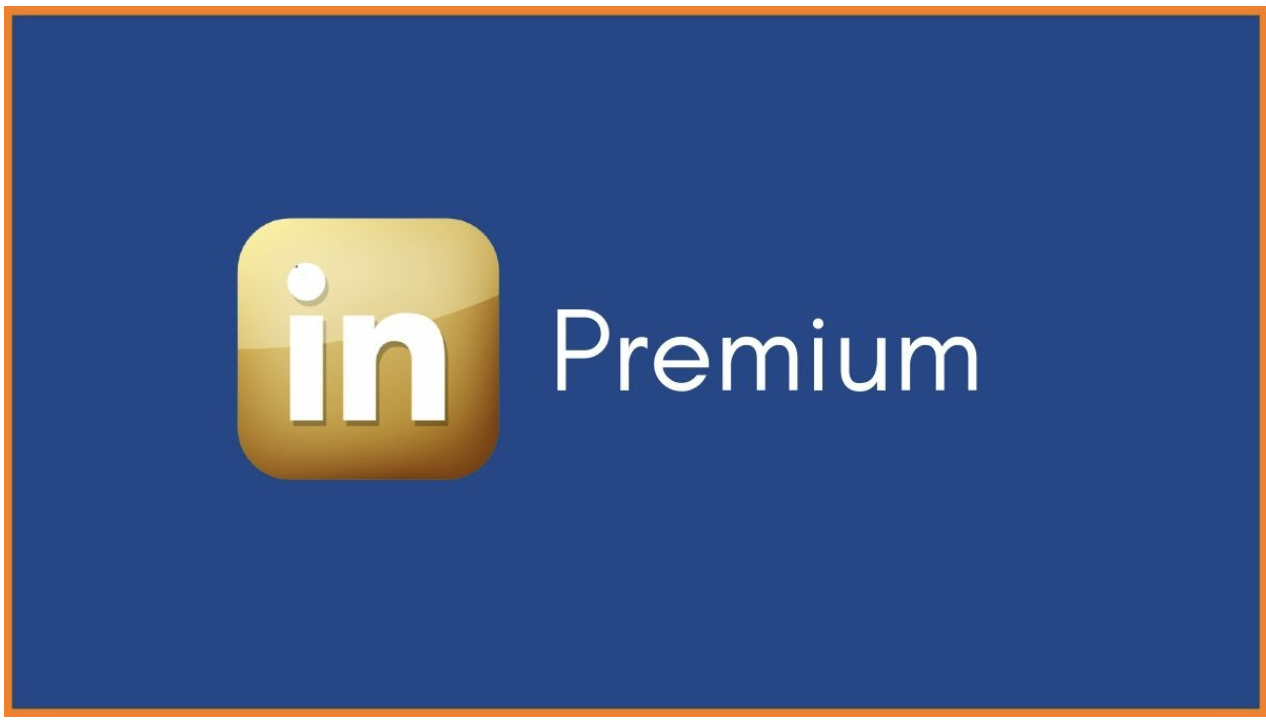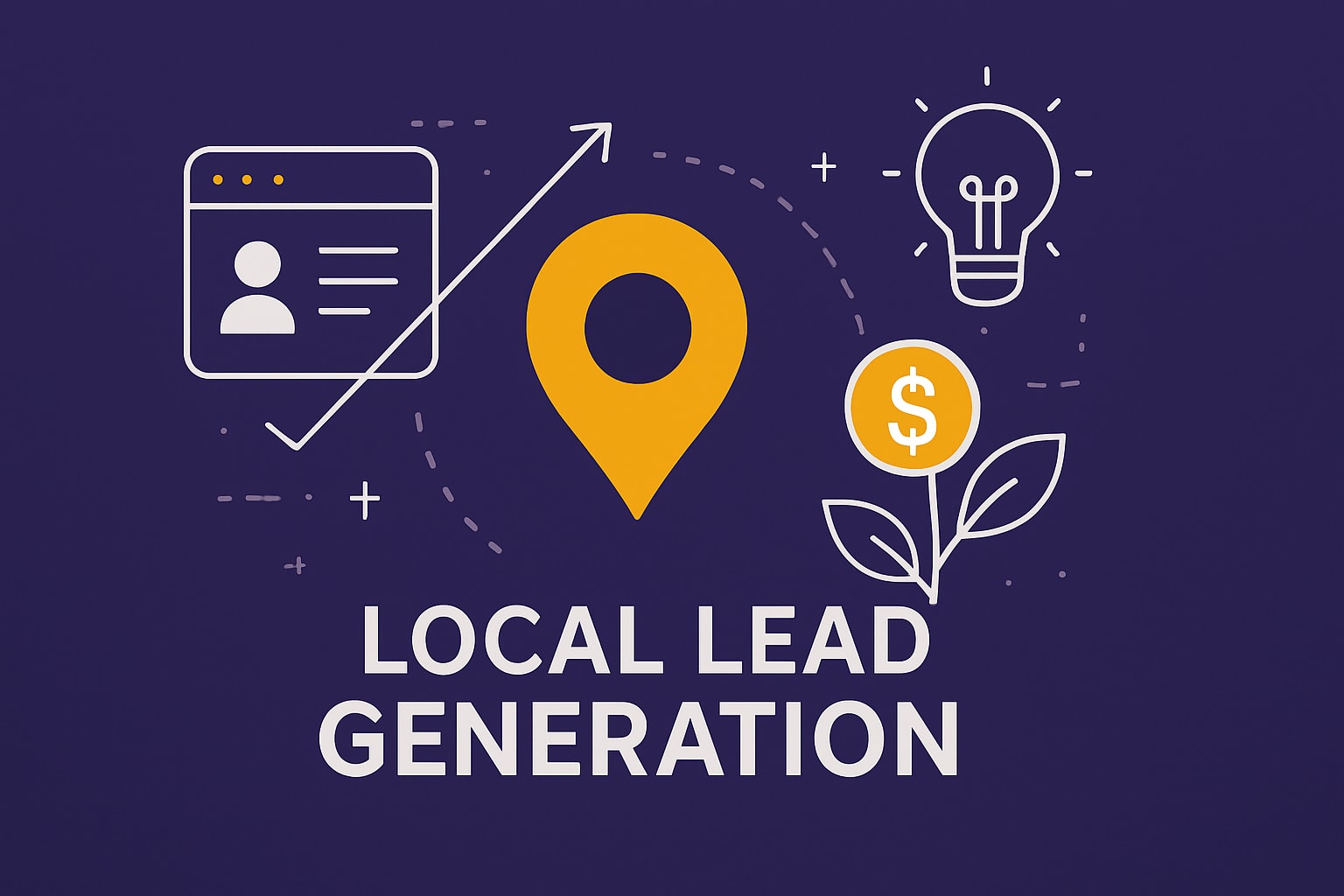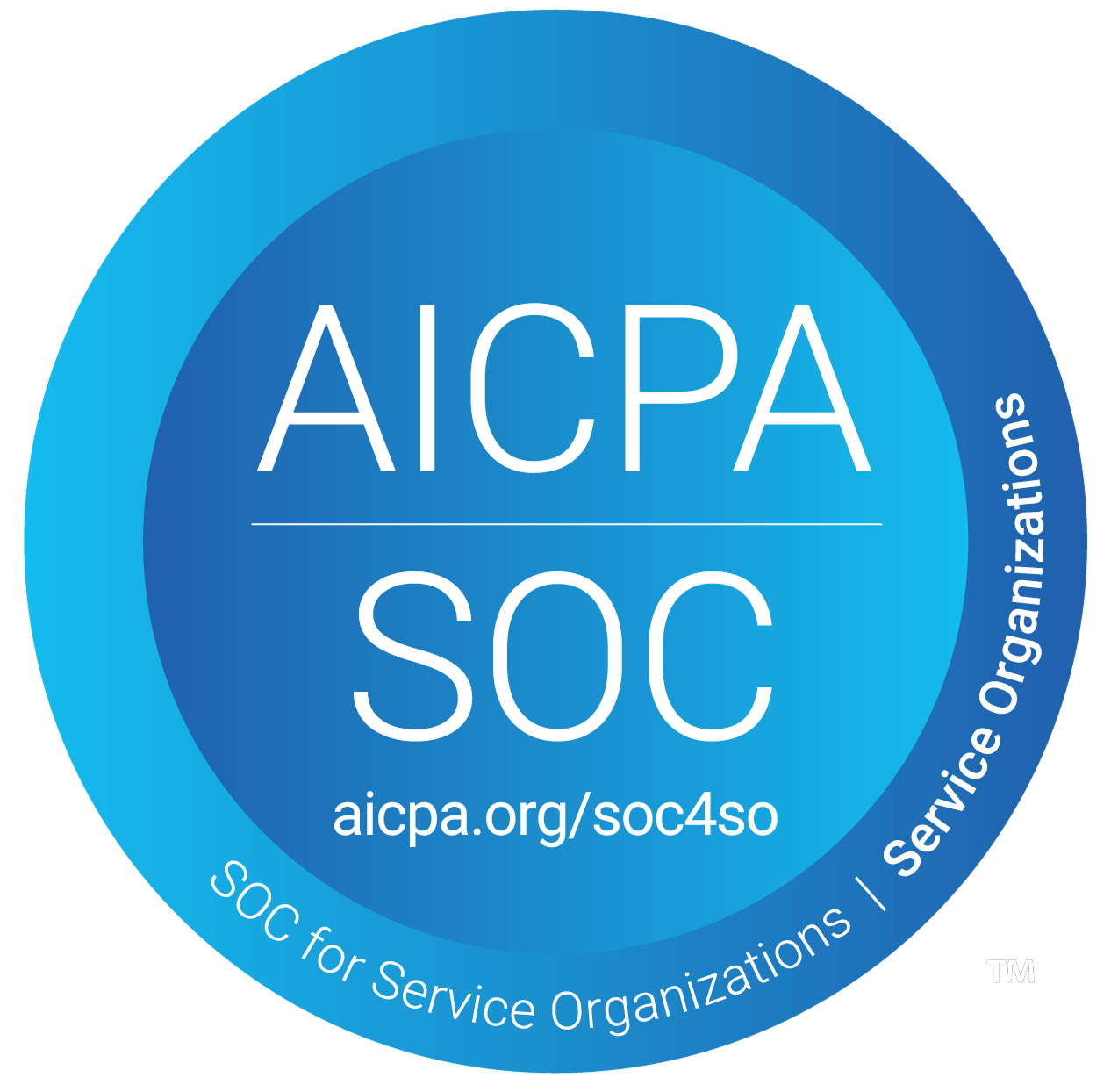Most people consider the job of a SDR to be one of a talker, a seller. But what about a researcher? Data analyst? Experimenter?
What often goes unspoken in the world of sales is the word failure. And when this word inevitably arrives whether that be not meeting quotas, an unsuccessful pitch, or just being straight up ghosted, SDRs often have to put on other hats so that word can eventually disappear in the rearview.
Those other hats might carry the name of researcher, analyst, and experimenter because being successful at sales is more than being able to carry a conversation with a pretty smile. SDRs know they need to navigate relationships using hard data, being conscious of what statically works to maintain a connection to what doesn't.
A/B Testing
It is the job of the SDR to focus on the early stage of the sales cycle and bring in qualified leads. This type of testing is often recommended when you might not be getting the responses you had hoped for. A/B testing refers to comparing two different versions of something where one variable is changed to see which version is more successful. Of course you can turn A/B testing into A/B/C or A/B/C/D testing, the opportunities are endless. In fact the more versions you can test out, the morse specific your results will be. Just make sure you don’t give up on a version too early…. 100 messages sent per version is the Samplead Standard~~

Had a successful engagement? See what variable you can alter to double your chance of success the next time. The idea is, when reaching out to prospects, changing up the length of the message, or the content/tone of the message, or the channel you are using to reach out can help create a secret recipe just for you where the only thing coming out of the oven is great leads and meeting quotas. And because of this, A/B testing is something that should be on your mind 24/7 not just when something is not working out. There is always room for improvement.
But how do we measure that improvement? If we do not know what our results mean when we gather them, what is the point of experimenting at all?
MQL (Marketing qualified leads)->SQL (Sales qualified leads) rate
A marketing qualified lead is a potential customer that is passed along to sales from marketing after satisfying necessary criteria. A sales qualified lead on the other hand, is a potential customer that exceeds the sales teams’ standards and will begin the next stage of the sales process. So, an MQL is not necessary and SQL, and just because a prospect is an MQL does not mean it will make it through to the sales process if it is not an SQL.
However, once a lead is accepted on all sides, it moves into the SQL acceptance rate, the percentage of leads in which the sales team accepts from the marketing team and or came across themselves and have decided to nurture and develop. Hopefully this lead has been analyzed for a selection of criteria so once the sales process begins, closing it is foreseeable in the near future. The sales lead acceptance rate should be 20% and above for the type of lead you are looking for should be crystal clear. If it is below this number, something is unclear with the set goal or plan that is leading to such an unusual high or rejected leads.
Connection Rate
This might be a new one for some… but it is also important to consider and analyze the “Connection Rate” when attempting to connect. On platforms like LinkedIn, where most of sales relationships are formed these days, connection messages (messages requesting to connect) resemble very closely to an RSVP or save the date. The prospect will open their inbox to an invitation requesting to connect and they will either accept or deny. The percentage of connections that are accepted is important to track because it has everything to do with the content of the message, and finding the right person. If the content of the message is not relatable or relevant enough this could sway the prospect to reject or not respond. This is where A/B testing comes in hand. Creating different variations of messages with personalized content to the specific prospect could be the very reason they accept the connection or reject it. Analyzing what types of messages got more responses can help create a playbook, saving time in the future.
Reply Rate
Reply rate measures the percentage of replies you have received against the total number of emails, calls, or messages you have sent. Unlike the acceptance rate, a good reply rate is around only 10%. The ratio to the percentages of acceptance rate and reply rate should reflect the challenges between them. Acceptance rate is simply accepting the connection request where reply rate measures the success of their engagement with your efforts. This is another step where A/B testing comes in play. By changing the way you reach out to prospects based on previous successful experiences, your reply rate will increase. But truly the only way to increase reply rate is dedicating time to analysis. Analysis of your prospects, channels, and content strategies.
Time
When you zone in on a prospect what are you doing to help yourself connect? Are you looking at the companies they worked at? Any skills you have in common? Posts they have commented on recently? Groups they have joined?
There are endless steps to take to truly get to know your prospect. And once you have done so, the chances of you two connecting skyrockets because your messages can become more personalized and refer to a recent activity your prospects did. Instead of shooting in the dark at this random person you connected with on LinkedIn ,you can target exactly what keeps you connected and why they should engage with you.
Dedicating your time to truly investigating your prospect results in a higher chance of not only reply but true connection which leads to trust and loyalty. And if that is not the goal between a seller and customer, please tell me what is!
Conclusion
Measuring your success and failure can be very daunting, but it is the only way to know how to sell better and meet your quotas.
Let us help you start somewhere. Check our blog for business tips and tricks, and contact us for further opportunities! As we say at Samplead, it just takes the perfect message to the right person at the right time.









